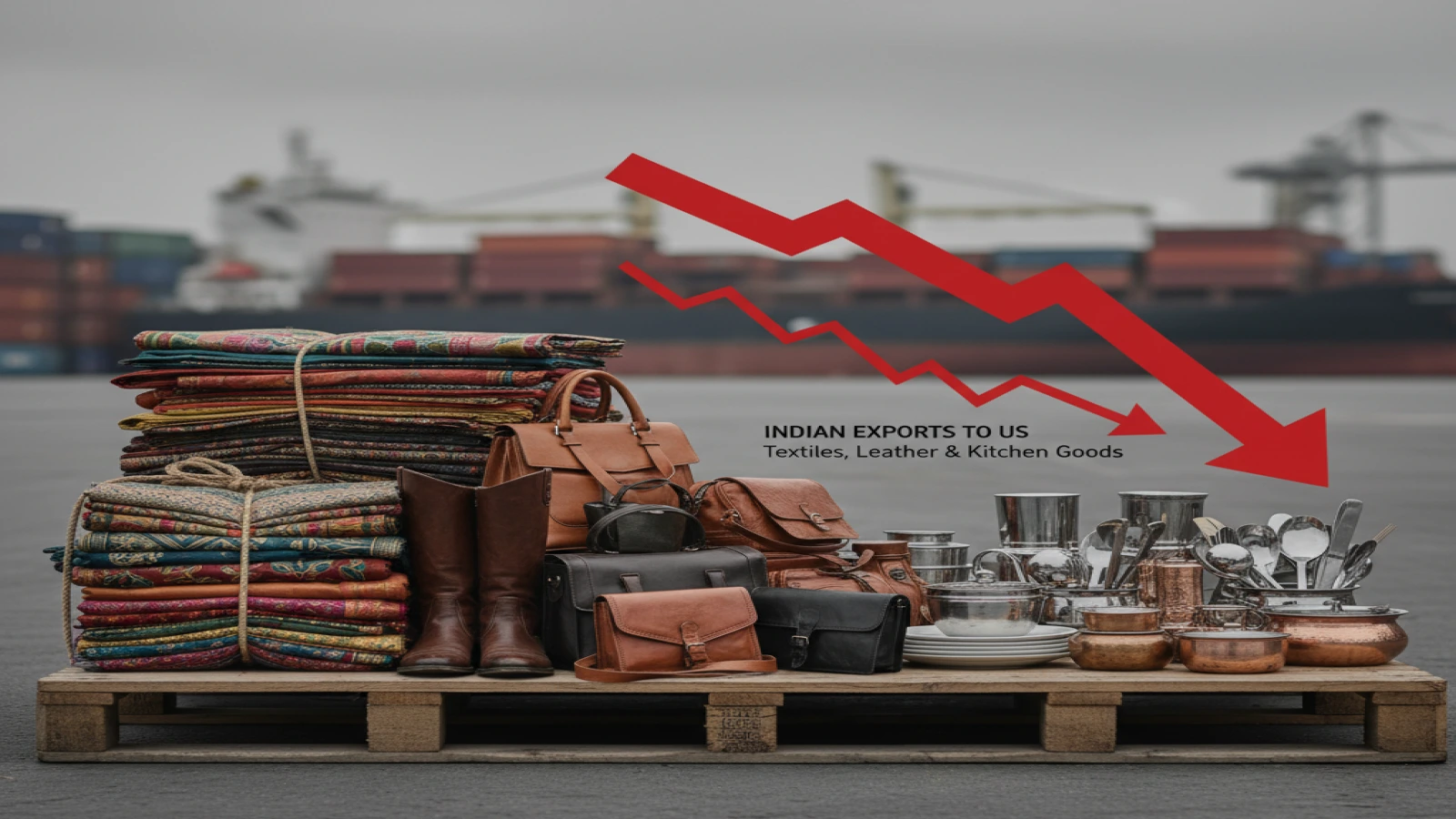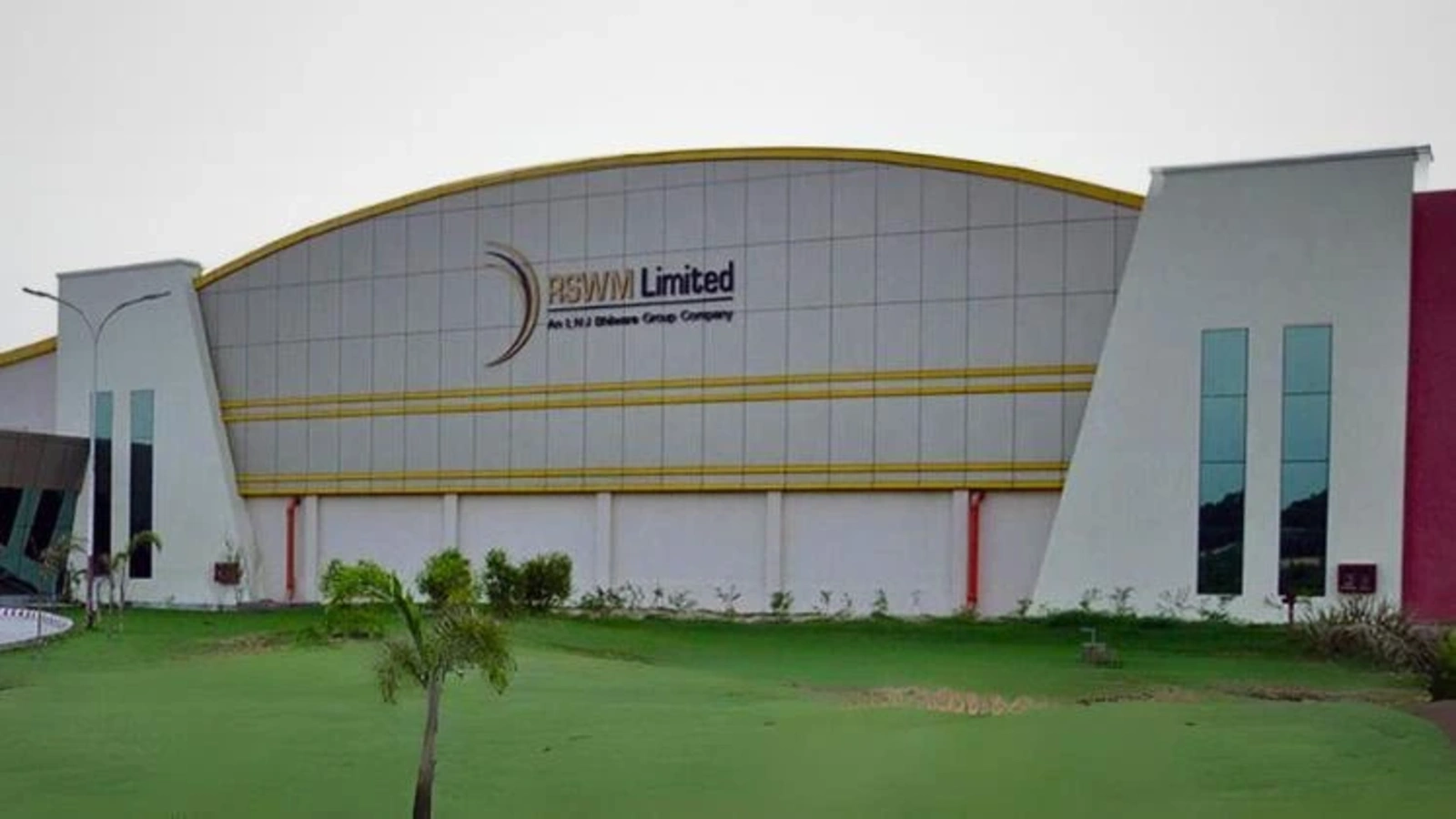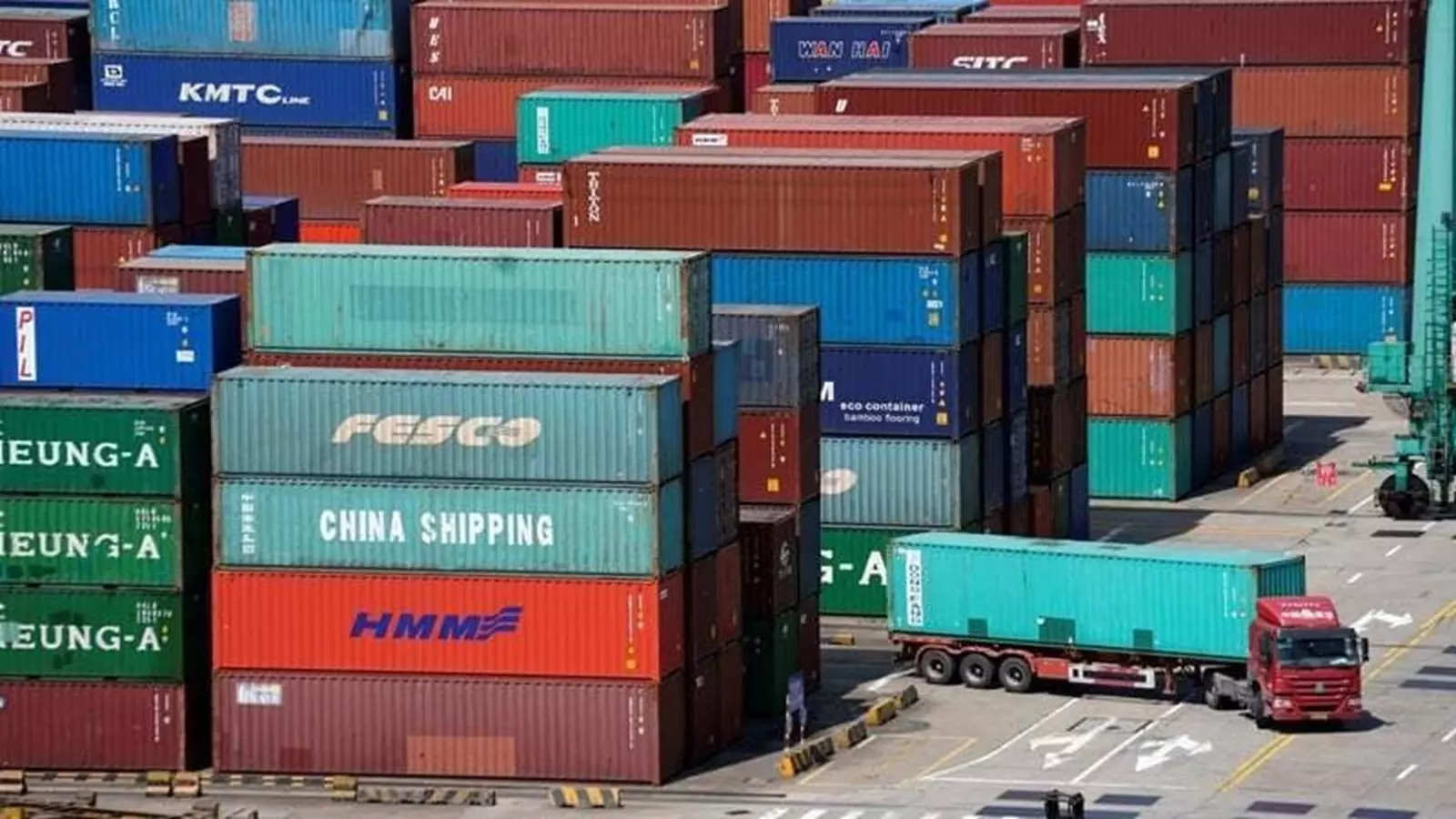Indian Mink Blanket To Elevate Quality And Design Mr. Naresh Gupta Director, Ktm Impex
Share Post
KTM Impex, a Panipat based mink blanket manufacturer, is one of the rst mink manufacturing establishments in the country. They deal in Mink and Polar Fleece Blankets and are capable of meeting customers speci c requirements regarding design, size and thickness of the blankets. TBD had a conversation with Mr Naresh Gupta, Director, KTM Impex Pvt Ltd on various aspects of Mink Blanket manufacturing.
What is the production capacity and business model of your company in the blanket industry?
We manufacture polyester and mink blankets. The company has an approximate production capacity of 20 tones. The company operates in both domestic and export markets, although the share of exports is not as significant as domestic sales. The company has its own brand for domestic sales and also manufactures for major brands (OEM). The company utilizes a multi channel distribution approach, including distributors, agents, wholesalers, and direct sales to big brands. Regarding the breakdown of OEM and own brand production, the company estimates that 30-40% of its output is for OEM brands, while the remaining 60-70% is for its own brand.
What are the primary challenges facing the export of mink blankets from India, particularly in comparison to China?
The two main challenges facing the export of mink blankets from India are Indian mink blankets typically have a higher FOB (freight on board) cost compared to their Chinese counterparts. This difference is estimated to be around 5-6%. This higher cost can make Indian products less competitive in the global market. Compared to China, our FOB costs for mink blankets are significantly higher. Chinese containers cost around 5000 RMB, which translates to roughly 60,000 rupees. In India, however, costs range from 110,000 to 130,000 rupees.
The quality of polyester yarn used in Indian mink blankets is often different from that used in China. Chinese yarn tends to be softer, shinier, and has less bulk. Indian yarn, particularly from Reliance, often has more bulk. While Indian customers may prefer the bulkiness for warmth, external markets may have a preference for softer, shinier blankets.
There is also differences between India and China in manufacturing processes, such as texturizing. Chinese manufacturers use long header machines at higher temperatures (480 degrees), while Indian manufacturers typically use machines at lower temperatures (180 250 degrees). This difference in processing likely contributes to the observed differences in yarn quality, with Chinese yarn being softer, shinier, and having less bulk. Overall, these challenges present significant obstacles for Indian mink blanket exporters, who must address these issues to improve their competitiveness in the international market.
What are the key differences in quality between Indian and Chinese blankets, and what factors contribute to these differences?
The primary differences between Indian and Chinese blankets lie in their bulkiness and softness/shine. Indian blankets are generally described as having more bulk, while Chinese blankets are characterized by their softness and shine. These differences can be attributed to various factors, including:
• Machines: The type of machinery used in the manufacturing process likely plays a role in determining the final product’s characteristics.
• Process parameters: The specific settings and conditions used during production, such as temperature, pressure, and speed, can influence the blanket’s quality.
• Yarn: The type of yarn used in the blankets can also contribute to their differences.
How could the quality of Indian mink blankets be improved to enhance their competitiveness in the export market?
One potential strategy to improve the competitiveness of Indian mink blankets is to explore the use of different yarns. Specifically, Reliance could develop a yarn with the desired qualities of softness, shine, and reduced bulkiness. The key challenge lies in understanding the underlying reasons for the current quality differences between Indian and Chinese yarns. The chemical additives may be used to achieve the desired softness and shine in Chinese blankets. If Reliance can develop a yarn that achieves similar results without relying heavily on chemicals, it could significantly enhance the quality and appeal of Indian mink blankets in the export market.
What is the typical pre-treatment and nishing processes used for mink blankets, particularly in comparison to Korean and Chinese practices?
When necessary, pre-treatment is conducted to prepare the fabric for further processing. This may involve processes like heat setting to improve dimensional stability. Heat setting is often used for blankets with higher GSM (grams per square meter) to ensure proper sizing and dimensional stability. For lower GSM blankets, heat setting may not be necessary. A final f inishing process, such as stenter treatment, is typically applied to mink blankets to enhance their quality and appearance. Korean manufacturers generally do not use stenter treatment for mink blankets. This is a lesson known practice in Korea, and there are relatively few factories that employ this technique. Chinese manufacturers, on the other hand, commonly use stenter treatment in their mink blanket production. While pre-treatment and heat setting are common practices in mink blanket production, the use of stenter finishing can vary depending on the region.
What were the key developments in the blanket industry in India, particularly regarding the introduction of polyester blankets and the role of speci c companies?
Indian blanket industry has undergone significant changes over the years. Here are some key developments, In 1996, acrylic blanket technology was introduced to India from South Korea. Companies like Sheetal, Prakash Woollen Mills, Golden, and others were among the early adopters of this technology. Around 2013-14, there was a shift towards polyester blankets in India. Several companies, including Sheetal, Youngman, Golden, and Prakash Woollen Mills, converted their systems from acrylic to polyester production.
What factors inuence the landed cost of yarn in India, and how do these costs impact the competitiveness of Indian blanket manufacturers in the global market?
The landed cost of yarn in India is the base price of yarn within India can vary depending on market conditions and supplier pricing. Transportation costs from the yarn’s origin to the manufacturing facility can significantly impact the landed cost. The distance and mode of transportation play a crucial role. These factors collectively influence the competitiveness of Indian blanket manufacturers in the global market. Higher landed costs make Indian products less attractive to buyers compared to those from other regions, such as China. Even if Indian manufacturers have competitive quality and pricing, higher FOB costs can offset these advantages, making it challenging to compete effectively in the international market.
What are the key differences between Chinese and Indian blankets, and why do Chinese blankets often have a higher perceived value?
The primary difference between Chinese and Indian blankets lies in their overall quality and perceived value. Chinese blankets are generally considered superior due to:
• Flawlessness: Chinese blankets are often described as being free of defects and imperfections, while Indian blankets may have more noticeable flaws.
• Higher perceived value: Chinese blankets are often perceived as higher-quality products and can command higher prices, even when compared to Indian blankets of similar construction.
• Quality control: Chinese blankets undergo more rigorous quality control processes, resulting in a more consistent and reliable product.
While the machines used in both countries may be similar, they suggest that other factors, such as yarn quality, printing techniques, and overall workmanship, contribute to the superior quality of Chinese blankets. Ultimately, the perceived difference in quality between Chinese and Indian blankets significantly impact their marketability and pricing. Chinese blankets often have a higher perceived value, allowing them to be sold at premium prices in various markets.
What factors contribute to the perceived differences in printing quality between Indian and Chinese blankets, and how can Indian manufacturers ensure consistent quality control in their printing processes?
There may not be significant differences in the actual printing techniques used in India and China, the perceived quality differences could arise from several factors, India is a major producer of dyes, the specific dyes used and their quality can vary. Even if the base dyes originate from China, Indian manufacturers may have access to different quality grades or formulations. The importance of having robust quality control systems in place to ensure consistent printing results. These systems may involve testing dyes, monitoring process parameters, and comparing products to reference samples. While the recipe for a particular print design may remain the same, factors like yarn quality, dye strength, and processing conditions can influence the f inal outcome. Ensuring consistency in these areas is crucial for maintaining quality.
To improve quality control and enhance the perceived quality of Indian blankets, manufacturers should Implement robust testing procedures to monitor dye quality, process parameters, and product consistency. Develop clear guidelines and procedures for all aspects of the printing process to ensure consistency. Provide adequate training to employees involved in printing to ensure they understand the importance of quality control and can effectively implement the necessary procedures. Procure dyes and other materials from reliable suppliers to minimize variations in quality. By addressing these factors, Indian blanket manufacturers can improve their printing quality and enhance the competitiveness of their products in the global market.
What are the key differences between Indian and Chinese blankets, particularly in terms of their weight and construction?
Indian and Chinese blankets may appear similar from a distance, there are differences in their construction and weight. Chinese blankets are generally heavier around 4.5 kg and there are differences in the construction or materials used in Indian and Chinese blankets, which contribute to the weight disparity.
What are the potential bene ts and challenges of importing yarn for use in Indian blanket production, and how might government policies and market conditions inuence this decision?
Importing yarn for blanket production in India could offer several potential benefits, Improved quality that using imported yarn, particularly from China, could lead to a natural increase in softness and quality without the need for additional treatments like softeners or silicon. While there might be some additional costs associated with importing yarn, these costs are not very significant. Access to higher-quality yarns would enhance the competitiveness of Indian blankets in the global market.
Government policies regarding yarn imports have been volatile, making it difficult to plan long-term strategies. Fluctuations in sea freight rates introduce uncertainty into the cost of imported yarn. Importing yarn may require additional knowledge and expertise to ensure compatibility with domestic production processes and to understand the specific properties of the imported material. To make an informed decision about importing yarn, Indian blanket manufacturers should carefully consider the potential benefits and challenges, assess the current market conditions and government policies, and evaluate their own capabilities and resources.
What are the logistical challenges and nancial considerations associated with importing yarn on a larger scale for blanket production in India?
Fluctuations in freight rates can significantly impact the cost of importing yarn. A 45-day transit time for containers would require maintaining a large inventory of 45 containers in transit, which can be financially burdensome. The current production of 20-25 tons per month may not justify importing yarn on a massive scale. Importing a significant quantity of yarn would require substantial investments in inventory and logistics, which may be difficult to secure.
Overall, while importing yarn could offer potential benefits, the logistical and financial challenges associated with large-scale imports may make it impractical for many Indian blanket manufacturers.
03:53 PM, Nov 14
Other Related Topics







.webp)






